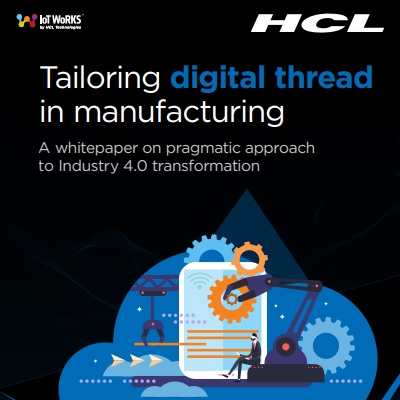
whitePaper | March 23, 2023
The fourth industrial revolution is transforming the manufacturing industry as we speak. Industry 4.0 is digitally driven, and like all other revolutions, the transformation did not happen overnight. Since the first personal computer on a factory floor in 1970s, computer-aided design has developed and matured exponentially. Strategically e�ective evolutionary steps has resulted in productivity and e�ciency gains in manufacturing. We live in the Industry 4.0 era, characterized by the digitization of manufacturing processes. Inevitably, today, information plays a significant role for an enterprise transformation. Data on how the product’s design and manufacturing information is authored, exchanged, and processed is critical to competitiveness. Information ‘silos’ for various life cycle processes are gradually connected to form a digital thread of information, envisioned to integrate and drive modern product design, manufacturing, and product support service processes.
Read More